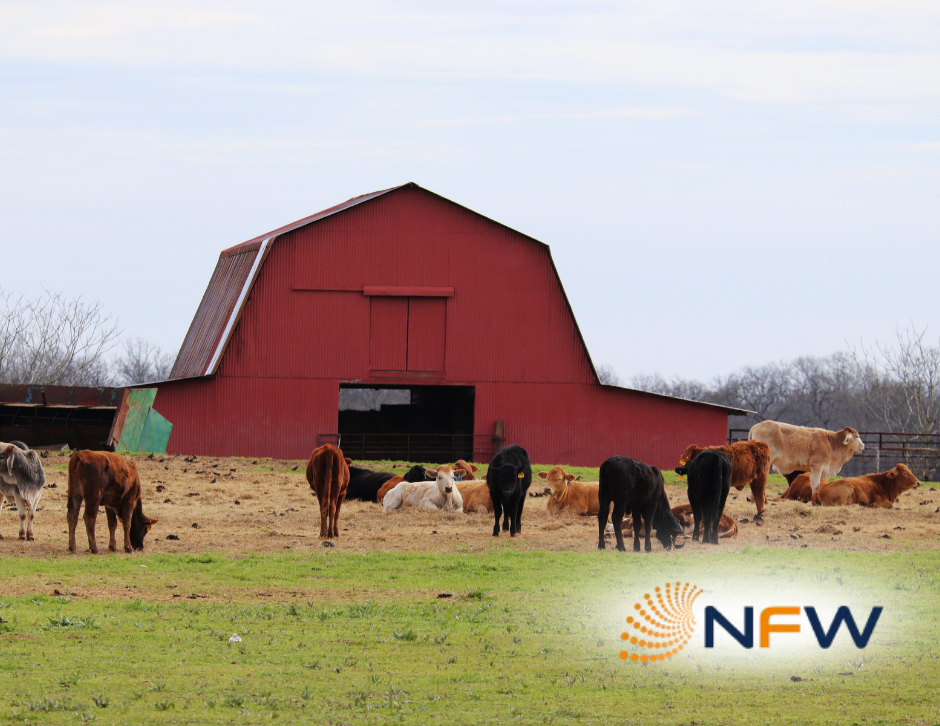Barn Insulation with Spray Foam
- NFW Author
- Jul 30
- 2 min read

We run livestock barns, crop‑storage sheds and multi‑purpose shops across Central Alberta. When bitter winds howl off the Rockies or mid‑summer heat turns the yard to a mirage, the building envelope decides whether animals thrive or suffer and whether equipment lives to see another season. Barn insulation—done with two‑pound closed‑cell spray foam—creates a continuous thermal and air seal that keeps interior temperatures within a narrow comfort band.
We learned long ago that uninsulated barns become convection machines. Warm indoor air rises through the roof seams while cold outdoor air pours in at the baseboards. The stack effect steals kilojoules every minute, driving propane heaters into endless cycles. By applying spray foam directly to steel cladding and wooden framing we break that loop. The foam expands 30–40 × its liquid volume, knitting itself into every lap joint and fastener dimple so there is simply nowhere for air to leak.
Spray Foam Stops Moisture, Rust and Odours
Humidity is the barn manager’s unseen enemy. When warm, manure‑laden air meets cold metal it condenses, dripping back onto bedding and corroding truss brackets. Spray foam’s closed‑cell structure holds less than two per cent water by volume and acts as a Class II vapour retarder, keeping the dew point out in the foam layer rather than on the steel.
Moisture control also cuts odour migration. Ammonia molecules hitchhike on water vapour; seal the vapour path and you reduce the smell that neighbours notice during inversion events. For equestrian arenas, the tighter envelope traps dust, letting mechanical ventilation target stale zones instead of chasing endless infiltration.
Cost, ROI and Environmental Impact
Spray foam carries a higher up‑front cost than fibreglass or bubble foil yet pays back quickly. A 465 m² beef barn insulated to RSI 3.5 (R‑20) saves 13 ,850 m³ of natural gas in the first heating season. At that pace, payback on the investment will take place in year three. Because the foam bonds to the substrate, it won’t sag or invite rodents, so savings persist for the life of the structure.
Agricultural operators can layer savings with the federal Clean Energy for Rural and Remote Communities rebate or the Farm Efficiency Program. We guide clients through available incentives during our quoting process.
Safety and Code Compliance
Spray polyurethane foam meets CAN/ULC‑S705.1 installation standards and CAN/ULC‑S705.2 quality assurance. We follow Canadian Farm Building Code clearances around exhaust pipes and open flame heaters, then coat exposed foam with DC‑315 when fire separation is required.
Tighter buildings allow smaller‑capacity heating units, fewer air exchanges and reduced fan horsepower. That not only saves energy but drops sound levels inside the barn—good for stock and staff alike. We also see less dust infiltration, which means electronics such as robotic milkers last longer between maintenance cycles.
Long‑Term Barn Insulation Maintenance
Spray foam has no loose fibres and no organic food source for pests. Occasional visual inspection for mechanical damage is all that’s needed. If a loader bucket scrapes the wall, a quick two‑component patch restores the continuous barrier.
We upgrade barns throughout Red Deer, Blackfalds and Sylvan Lake and are your trusted experts for ‘foam insulation near me’. Use our metal building insulation page for deeper technical specs or secure your place in the fall schedule via our contact form.




Comments